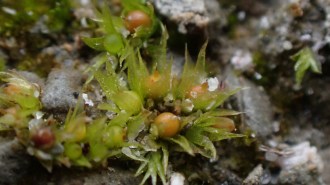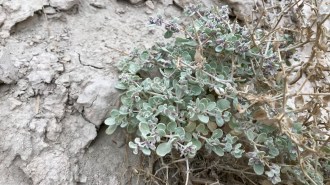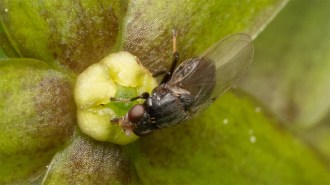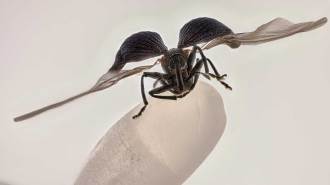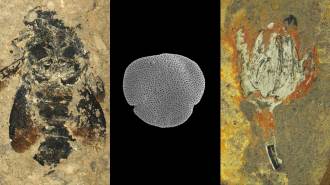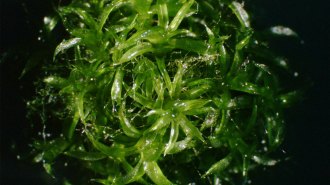Putrid plants can reek of hot rotting flesh with one evolutionary trick
Independent genetic changes in one enzyme enabled the same stink of death or dung in many flowers
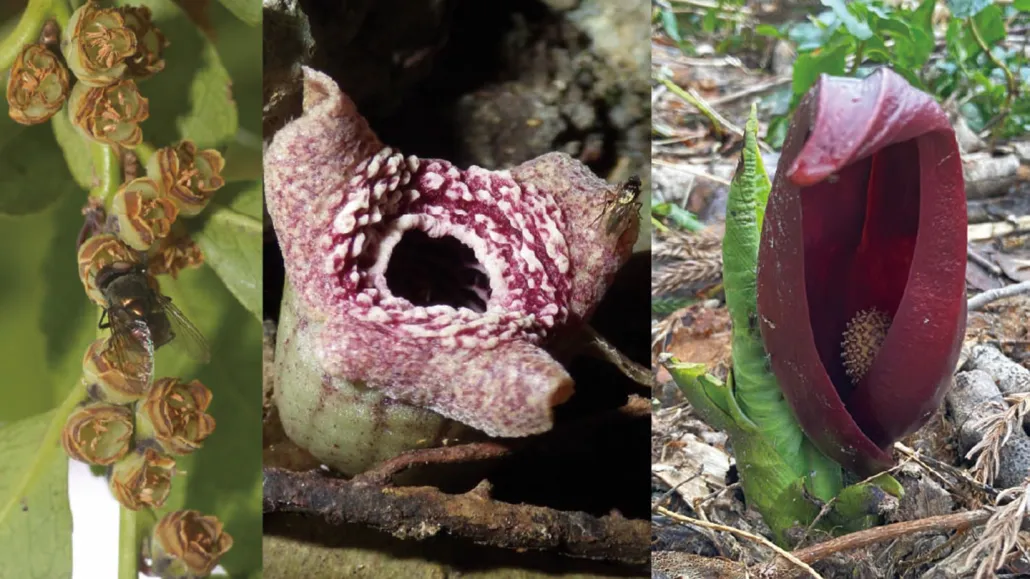
Some flowers smell like death, and for the same reason. Malodorous members of the Eurya (left, E. japonica pictured), Asarum (A. simile, middle) and Symplocarpus (S. renifolius, right) genera independently evolved changes in an enzyme that help them attract pollinating flies with the unlovely smell of rotting meat.
© 2025 National Museum of Nature and Science

